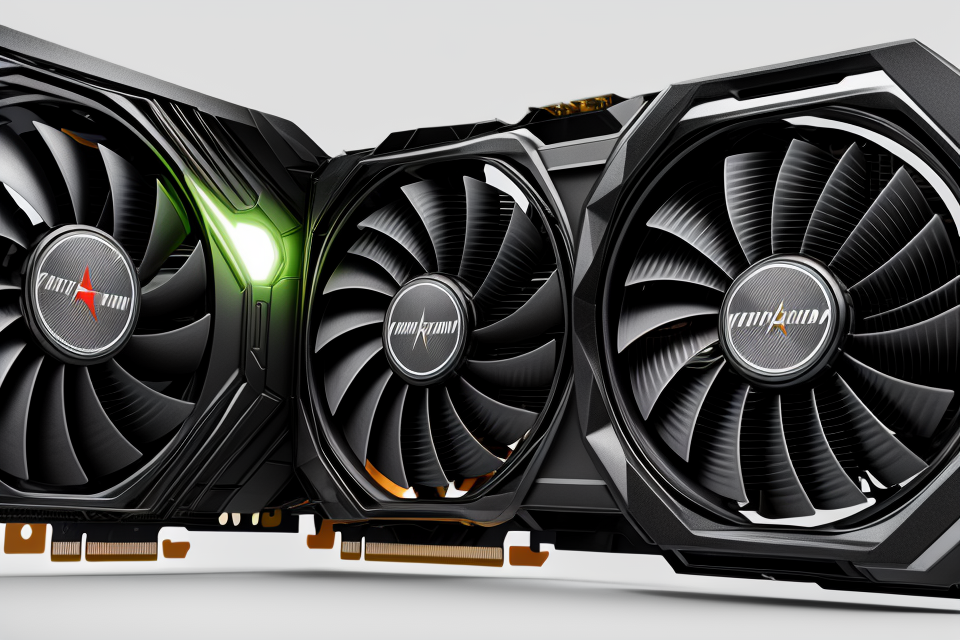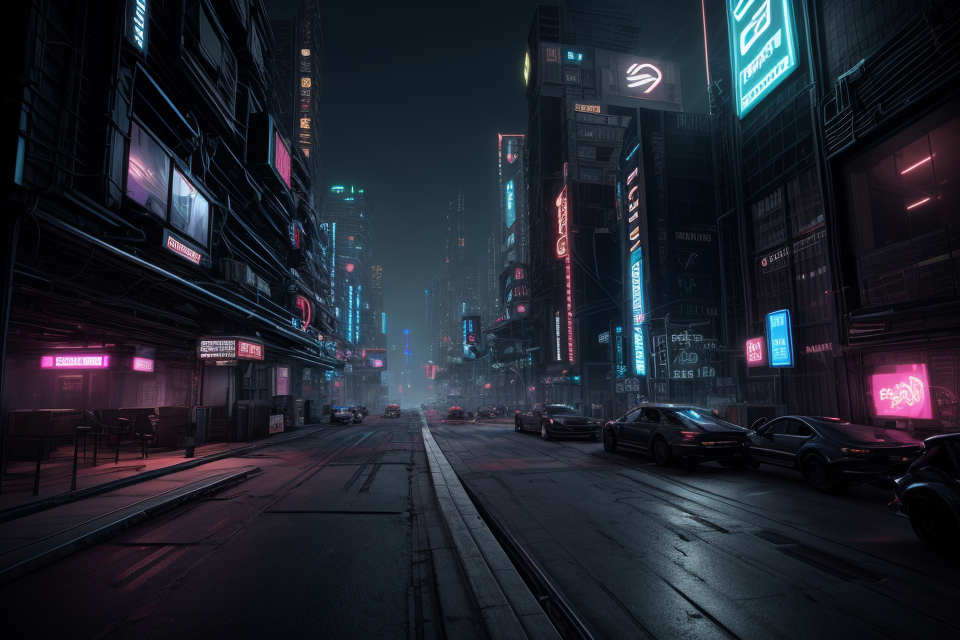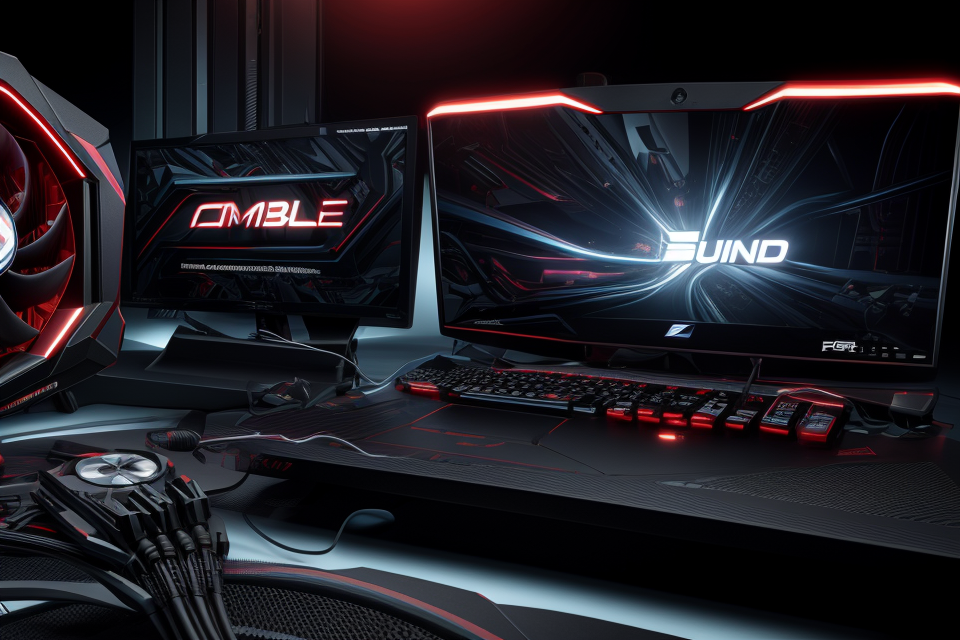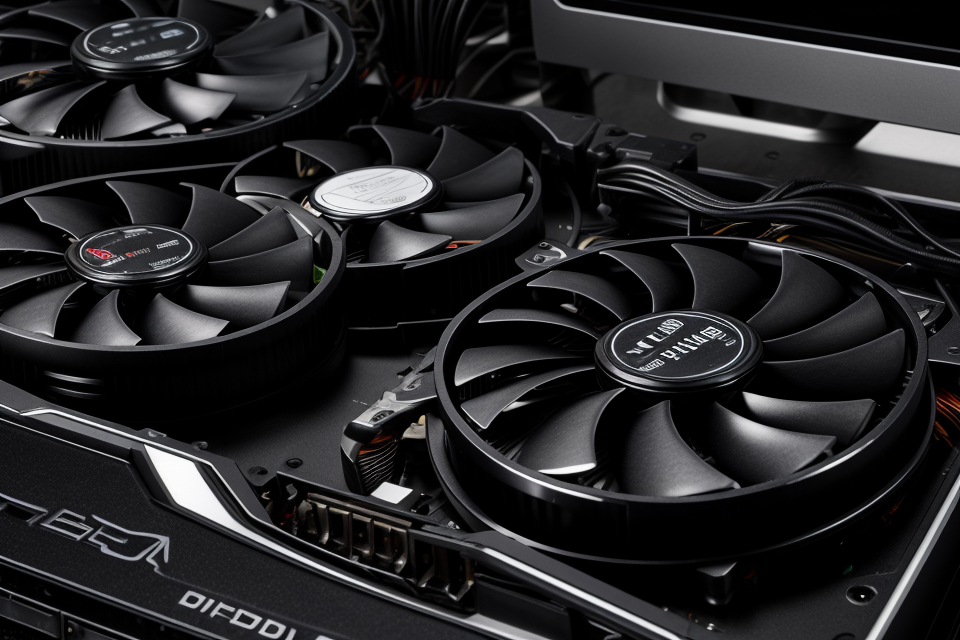
The graphics processing unit (GPU) is a vital component of any computer system, responsible for rendering images and handling complex graphical tasks. However, like any other hardware component, GPUs are prone to failure, and identifying the most common cause of GPU failure is crucial for preventing potential issues. In this article, we will explore the most common cause of GPU failure and what you can do to prevent it. So, let’s dive in and find out what causes GPUs to fail and how you can protect your system from these issues.
The most common cause of GPU failure is overheating. When a GPU becomes too hot, it can throttle back its performance or shut down completely to prevent damage to the device. This can happen when the GPU is running at maximum capacity for an extended period of time, such as during gaming or graphic rendering. Dust and debris can also accumulate in the GPU, causing it to overheat and fail. In some cases, a faulty manufacturing process or a defect in the design of the GPU can also cause it to fail. It is important to regularly check the temperature of your GPU and take steps to keep it cool, such as ensuring proper ventilation and avoiding dust buildup.
Symptoms of GPU failure
- Random crashes or freezes: One of the most common symptoms of a failing GPU is random crashes or freezes. This can happen during gaming or while using graphics-intensive applications. The computer may suddenly stop responding, and the only way to fix it is to restart the system.
- Display issues (e.g. ghosting, artifacts): Another symptom of a failing GPU is display issues. This can manifest as ghosting, where a trail appears behind moving objects on the screen, or artifacts, which are strange shapes or patterns that appear on the screen. These issues can make it difficult to use the computer for anything that requires a graphics display.
- Overheating: A failing GPU can also cause the computer to overheat. This can happen when the GPU is working harder than it should, trying to compensate for a failing component. Overheating can cause the computer to shut down to prevent damage to the components.
- Loud fans: A failing GPU can also cause the computer’s fans to become louder than usual. This is because the GPU is working harder than it should, and the fans are trying to cool the component down.
- Black screen: In some cases, a failing GPU can cause the computer to display a black screen. This can happen when the GPU fails completely, and the computer is unable to display any graphics. This is usually a sign that the GPU needs to be replaced.
Common causes of GPU failure
Overheating
Causes of overheating
Overheating is a common cause of GPU failure, and there are several reasons why it can occur. One of the main causes of overheating is dust buildup. When dust accumulates on the GPU, it can prevent air from flowing properly through the cooling system, leading to higher temperatures. Additionally, insufficient cooling can also cause overheating. This can happen when the cooling system is not functioning properly or when the GPU is being used for an extended period of time without proper ventilation.
Symptoms of overheating
When a GPU is overheating, it can display several symptoms that indicate a problem. These symptoms can include:
- Graphics artifacts or corruption
- Stuttering or lagging during gameplay or other graphics-intensive tasks
- Shutdown or rebooting of the system
- Reduced performance or slower frame rates
- Fan noise that is louder than usual
Prevention and maintenance tips
To prevent overheating and prolong the lifespan of your GPU, there are several maintenance tips that you can follow. These include:
- Keeping the area around the GPU clean and free of dust
- Ensuring that the cooling system is functioning properly
- Properly securing the GPU in its slot to prevent movement or damage
- Using proper ventilation to ensure that the GPU is not being exposed to high temperatures for extended periods of time
- Checking for any visible signs of damage or wear on the GPU or its components
By following these tips, you can help prevent overheating and keep your GPU running smoothly for longer.
Driver issues
When it comes to the most common causes of GPU failure, driver issues are often at the top of the list. In many cases, the root cause of the problem can be traced back to outdated or incompatible graphics card drivers.
Outdated or incompatible drivers
Outdated or incompatible drivers can cause a variety of issues with your GPU, including crashes, freezes, and even hardware failure. Over time, as new operating systems and software are released, graphics card drivers must be updated to ensure compatibility and optimal performance. If you continue to use old drivers, your GPU may become unstable and fail prematurely.
It’s important to regularly check for and install the latest driver updates for your graphics card. Many manufacturers offer automatic driver update tools that can make this process easier.
How to update drivers
Updating your graphics card drivers is typically a straightforward process. First, you’ll need to identify the manufacturer of your graphics card. This information can usually be found on the card itself or in the device manager on your computer.
Once you have identified the manufacturer, you can visit their website to download the latest driver updates for your specific model of graphics card. It’s important to download drivers from the manufacturer’s website rather than third-party sites, as these may contain malware or other malicious software.
Once you have downloaded the latest drivers, you can install them using the instructions provided by the manufacturer.
Rolling back drivers
In some cases, updating your graphics card drivers may cause issues with your system. If you experience problems after updating your drivers, you may need to roll back to a previous version.
To roll back drivers, you’ll need to access the device manager on your computer and locate the graphics card. From there, you can select the driver and roll back to a previous version. It’s important to note that rolling back drivers may not always solve the problem, and it’s usually best to contact the manufacturer for support if you’re experiencing issues.
Faulty hardware
When it comes to the most common cause of GPU failure, faulty hardware is often at the top of the list. There are a number of defective components that can lead to issues with a GPU, including problems with the manufacturing process, damaged components, and aging hardware.
Defective components
One of the main reasons for GPU failure is defective components. This can occur during the manufacturing process, where a component may be damaged or malfunction due to a flaw in the production process. In some cases, a component may become defective over time due to normal wear and tear.
Symptoms of faulty hardware
The symptoms of faulty hardware can vary depending on the specific issue. Some common symptoms include crashes, freezes, or bluescreens, display issues, or the GPU simply not functioning at all. If you are experiencing any of these issues, it may be due to faulty hardware.
Replacement options
If you suspect that your GPU is experiencing issues due to faulty hardware, there are a few replacement options available. Depending on the age and condition of your GPU, you may be able to have it repaired or replaced under warranty. Alternatively, you may need to purchase a new GPU from a retailer. When selecting a replacement, it is important to choose a reputable brand and model with a good track record for reliability.
Power supply issues
Insufficient or unstable power supply is one of the most common causes of GPU failure. This issue can arise when the power supply unit (PSU) is not providing enough power to the GPU or when the voltage is fluctuating erratically. In some cases, the power supply may be supplying enough power, but the voltage may still be unstable due to poor wiring or other electrical issues.
Symptoms of power supply issues can include graphical artifacts, crashes, or freezes during gaming or other GPU-intensive tasks. The GPU may also run at a higher temperature than normal, which can indicate that it is struggling to receive enough power.
To fix power supply issues, the first step is to check the PSU’s specifications to ensure that it is capable of delivering enough power to the GPU. If the PSU is not powerful enough, it may need to be replaced. It is also important to check for any loose or corroded connections in the power supply cables, as this can cause voltage fluctuations.
To prevent power supply issues, it is important to use a high-quality PSU that is rated for the specific components in the system. It is also recommended to keep the system well-ventilated to prevent overheating, which can cause instability in the power supply.
Manufacturing defects
Prevalence of manufacturing defects
Manufacturing defects are one of the most common causes of GPU failure. These defects occur during the manufacturing process of the GPU, and they can affect various components of the GPU, such as the core, memory, or power supply. These defects can result in the GPU failing to function properly or even causing the system to crash.
Symptoms of manufacturing defects
The symptoms of manufacturing defects can vary depending on the specific defect. Some common symptoms include:
- Graphics artifacts or distortion
- Screen freezing or crashing
- System instability or crashes
- Failure to boot
Warranty and RMA process
If you suspect that your GPU has a manufacturing defect, you may be able to get it repaired or replaced under warranty. The warranty period for GPUs typically ranges from 1 to 3 years, depending on the manufacturer and the country of purchase. To initiate the repair or replacement process, you will need to contact the manufacturer or the retailer where you purchased the GPU. They will guide you through the RMA (Return Merchandise Authorization) process, which may involve shipping the GPU to the manufacturer for inspection and repair.
It is important to note that not all manufacturing defects are covered by warranty, and some may require the customer to cover the cost of repair or replacement. Additionally, the RMA process can be time-consuming and may cause inconvenience, so it is recommended to have a backup GPU or computer available during this time.
Diagnosing GPU failure
Diagnosing GPU failure can be a complex process, but there are several tools and methods that can help identify the problem. Here are some steps you can take to diagnose a GPU failure:
- Use diagnostic tools: There are several diagnostic tools available that can help you diagnose GPU failure. Two popular tools are GPU-Z and MSI Afterburner. GPU-Z is a lightweight utility that provides detailed information about your GPU, including temperature, clock speed, and memory usage. MSI Afterburner is a more comprehensive tool that allows you to overclock your GPU, monitor performance, and even stream data to an external display.
- Common error codes and what they mean: When a GPU fails, it may produce an error code that indicates the specific problem. Some common error codes include:
- Blue Screen of Death (BSOD): This error occurs when the GPU driver or hardware fails, causing the system to crash.
- DisplayPort or HDMI failure: This error occurs when the connection between the GPU and the display fails.
- Overheating: This error occurs when the GPU overheats, causing it to shut down to prevent damage.
- Memory corruption: This error occurs when the GPU’s memory becomes corrupted, causing system instability.
- Benchmark tests to evaluate performance: Another way to diagnose GPU failure is to run benchmark tests to evaluate performance. There are several benchmark tools available, such as 3DMark and Unigine Heaven, that can help you assess your GPU’s performance. These tests can help identify whether the problem is with the GPU or with other components in the system.
In summary, diagnosing GPU failure requires using diagnostic tools, understanding common error codes, and running benchmark tests to evaluate performance. By following these steps, you can identify the cause of the problem and take the necessary steps to fix it.
FAQs
1. What is the most common cause of GPU failure?
The most common cause of GPU failure is overheating. This can be caused by a number of factors, including dust buildup, poor airflow, and high ambient temperatures. Overheating can cause the GPU to throttle down its performance, which can lead to reduced frame rates and other issues. In severe cases, overheating can cause the GPU to fail completely, which can be expensive to repair or replace.
2. How can I prevent GPU failure due to overheating?
There are several steps you can take to prevent GPU failure due to overheating. First, make sure that your computer is in a well-ventilated area and that there is plenty of airflow around the GPU. You should also regularly clean your computer’s fans and dust out any vents or openings. Additionally, you can use software tools to monitor the temperature of your GPU and other components, and adjust your computer’s settings to keep them within safe temperature ranges. Finally, if you are using your computer for extended periods of time, consider using a cooling pad or other cooling solution to help keep your GPU cool.
3. What are the symptoms of a failing GPU?
There are several symptoms that may indicate that your GPU is failing. These can include reduced frame rates or other performance issues, artifacts or glitches on the screen, and the computer freezing or crashing. In more severe cases, the GPU may completely fail, which can cause the computer to shut down or display a blue screen. If you are experiencing any of these issues, it is important to have your GPU checked by a professional as soon as possible.


